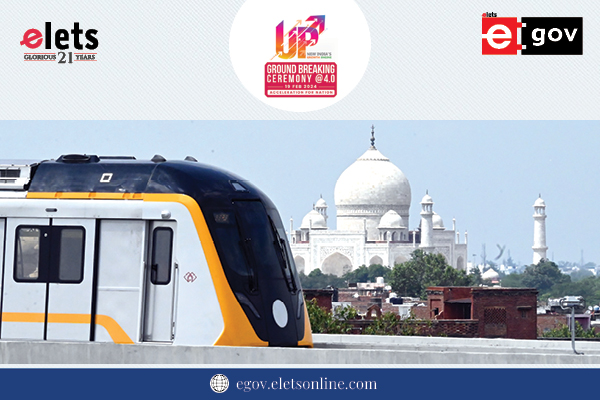
The reforms undertaken by the Greater Hyderabad Municipal Corporation (GHMC) have finally led to reduction in fuel consumption, bringing down significantly the carbon footprint writes Anil NV Mulukutla, Assistant Engineer, Solid Waste Management and Transportation Division, North Zone, GHMC.
In cities and towns, by and large, the transportation network for Solid Waste Management is ill designed due to under utilisation of fleet of vehicles; irregular transportation and non-routing of vehicles. This further leads to increase in carbon dioxide emissions (carbon footprint) from the vehicles used for transportation of garbage.
“The pin point programme maps the optimum fuel required per trip, transfer station reduces the kilometers travelled and scraping of 15-year-old vehicles leads to overall increase in KMPL of vehicle fleet.”
According to the World Bank, transportation produces roughly 23 per cent of the global CO2 emissions. The objective here is to report the three major reforms in transport wing of GHMC that contributed to the reduction in CO2 emissions.
The first reform was to plan a pin point programme for transportation of waste to ensure that the dustbin sites are cleared before they start overflowing.
The pin point programme mapped uses Google Maps and Google Transit makes the optimum utilisation of vehicles in three shifts by mapping shortest route to each bin at the appropriate time.
The second reform was to increase the number of transfer stations to save transportation time and fuel. There are presently 21 transfer stations and seven new transfer stations were been added in a year.
The third reform was to scrap the vehicles which were older than 15 years from the existing vehicle fleet. Out of a 773-vehicle fleet, 279 vehicles have been condemned so far.
It is prudent to understand that a 15-year-old vehicle emits four times more CO2 than a new vehicle. All the three reforms finally led to reduction in fuel consumption, as the pin point programme maps the optimum fuel required per trip, transfer station reduces the kilometers travelled and scraping of 15-year-old vehicles leads to overall increase in KMPL of vehicle fleet.
The overall reduction in CO2 emissions by these reforms can be calculated by taking difference between the diesel consumption before and after these reforms in GHMC transportation wing.
The total savings in diesel consumption is estimated at 33, 68,184 litres/annum. The amount of CO2 released into the atmosphere if we burn one litre of diesel is 2.5 kg of CO2 per litre of diesel. Thus, CO2 emissions reduced per annum is 8,420 metric tonnes. According to EPA, 0.039 metric tonnes of CO2 per annum are consumed by an urban tree planted and 2 kWh of electricity is added to grid by saving one kg of CO2. Thus, by saving fuel, GHMC indirectly planted two lakhs (2,15,910) urban trees in a year and saved 16.84 GWh per year of electricity in the city of Hyderabad.
Be a part of Elets Collaborative Initiatives. Join Us for Upcoming Events and explore business opportunities. Like us on Facebook , connect with us on LinkedIn and follow us on Twitter, Instagram.











